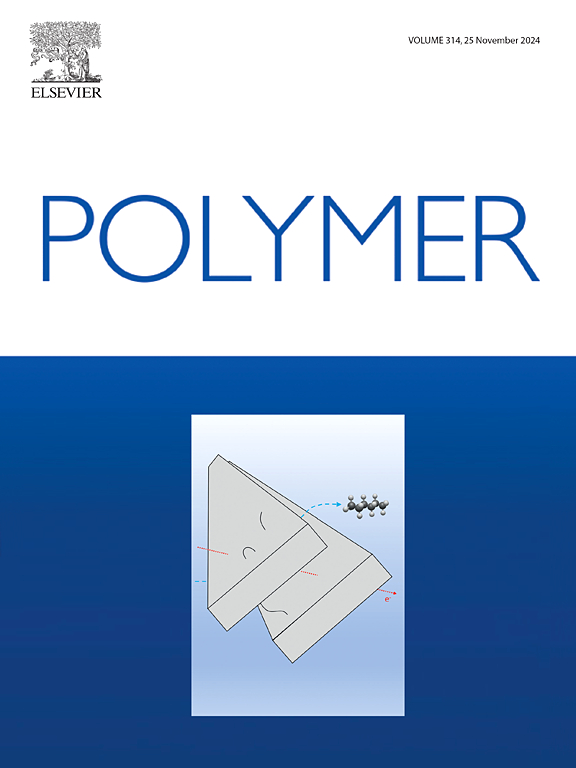Soft crawling robots inspired by invertebrate reptiles: Fabricated with PNIPAM/MWCNTs composite hydrogel and driven by near-infrared light for multi-directional locomotion
IF 4.1
2区 化学
Q2 POLYMER SCIENCE
引用次数: 0
Abstract
Bioinspired crawling robots fabricated from flexible materials have received considerable attention in recent years. However, existing solutions for crawling robots capable of multi-directional locomotion primarily focus on the complex driving mode. This study explores invertebrate reptiles inspired soft crawling robots driven by near-infrared (NIR) light. A composite hydrogel with excellent photo-responsive properties is prepared by ingeniously combining poly(N-isopropylacrylamide) (PNIPAM) with multi-walled carbon nanotubes (MWCNTs). The crawling robot, when driven by NIR light, achieves an average speed of 0.17 mm/s. It can perform complex tasks such as crawling along a predefined trajectory, crossing obstacles, and traversing mazes via remote control with NIR light. This design holds significant significance for advancing flexible crawling robots and provides valuable insights for the research of bionic robots driven by NIR light.


求助全文
约1分钟内获得全文
求助全文
来源期刊

Polymer
化学-高分子科学
CiteScore
7.90
自引率
8.70%
发文量
959
审稿时长
32 days
期刊介绍:
Polymer is an interdisciplinary journal dedicated to publishing innovative and significant advances in Polymer Physics, Chemistry and Technology. We welcome submissions on polymer hybrids, nanocomposites, characterisation and self-assembly. Polymer also publishes work on the technological application of polymers in energy and optoelectronics.
The main scope is covered but not limited to the following core areas:
Polymer Materials
Nanocomposites and hybrid nanomaterials
Polymer blends, films, fibres, networks and porous materials
Physical Characterization
Characterisation, modelling and simulation* of molecular and materials properties in bulk, solution, and thin films
Polymer Engineering
Advanced multiscale processing methods
Polymer Synthesis, Modification and Self-assembly
Including designer polymer architectures, mechanisms and kinetics, and supramolecular polymerization
Technological Applications
Polymers for energy generation and storage
Polymer membranes for separation technology
Polymers for opto- and microelectronics.
 求助内容:
求助内容: 应助结果提醒方式:
应助结果提醒方式:


